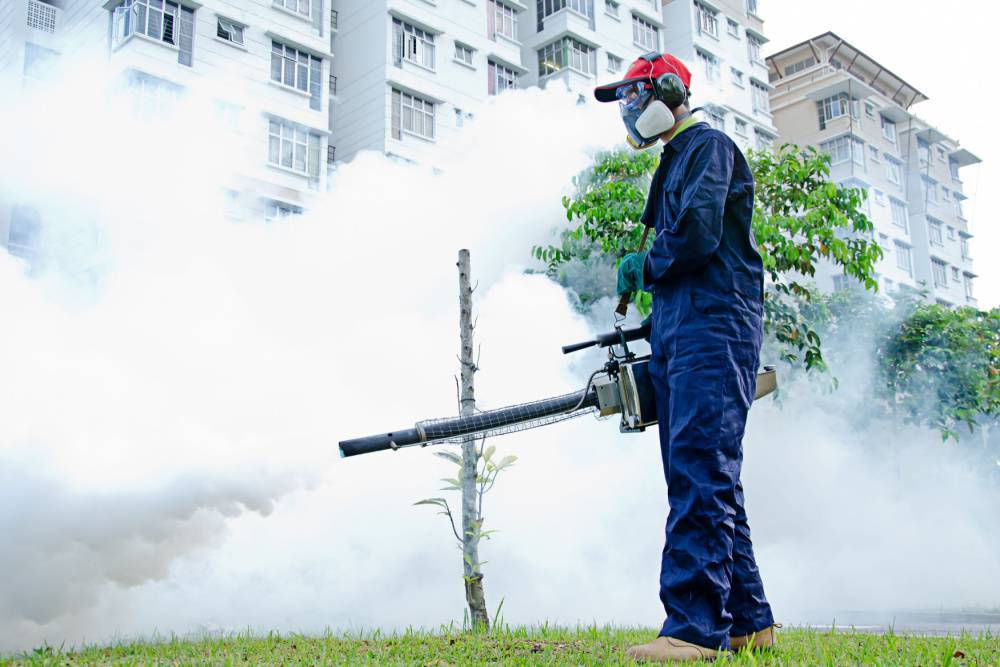Malaria cases are rising in Malaysia, despite lower prevalence rates in other parts of Asia. Data suggests climate change and other factors are contributing to this upswing.
Climate Change and Malaria: A Deadly Duo
The number of malaria cases this year in various regions has surpassed 2022’s total of 404. Kelantan, Sabah, and Terengganu reported 215, 840, and 26 cases, respectively. This trend is concerning, mainly since zero human infections were recorded from 2018-2021.
These spikes coincide with increasing dengue cases, attributed to the El Nino-induced hotter and drier climate.
Understanding Malaria’s Roots
A parasite causes malaria, transmitted via the bite of infected female Anopheles mosquitoes. There’s growing concern over zoonotic malaria, spread from monkeys to humans via mosquitoes, particularly in areas near forests, plantations, and agricultural zones.
Experts Weigh In
Dr. Zainal Ariffin Omar links the increase to climate change, deforestation, and populations moving closer to malaria sources. Dr Omar is a public health expert.
Professor Dr Sharifa Ezat Wan Puteh attributes it to temperature rises, changing rainfall patterns, and altered mosquito behaviours. Dr Sharifa is from Universiti Kebangsaan Malaysia.
In Kelantan, human-animal conflict also plays a role.
Interestingly, while Malaysia focuses on eliminating indigenous transmission, zoonotic malaria remains a grave concern. This variant is often transmitted by mosquitoes that have bitten infected macaque monkeys – an event more frequent in forest-based activities or when monkeys venture into villages.
Delayed medical interventions and inadequate preventive steps exacerbate the problem. International movements of individuals from malaria-prone regions can also introduce the disease.
For protection, mass blood screenings, especially in hard-hit areas like Kelantan, are recommended. Monitoring severe cases, particularly among children, is vital.
Another challenge is the rising resistance of malaria parasites to treatments.
Recent Updates from Health Departments
On September 25, Kelantan’s Health Department reported a significant rise in malaria cases – 84% higher than last year’s figure. Of the 215 reported, 53 were human infections, and 162 were zoonotic. No fatalities have been recorded.
Sabah’s report is equally concerning. Out of its 840 cases, a staggering 816 were zoonotic.
Global Perspective
WHO’s regional director for South-East Asia, Dr Poonam Khetrapal Singh, has highlighted the global rise in malaria cases. Targets set for 2030, which aim to reduce cases and mortality rates by 90% from 2015, might still need to be met.
In 2021 alone, 619,000 individuals succumbed to malaria globally. Southeast Asia, however, remains a beacon, having reduced cases significantly, even as funding has dropped by 36% since 2010.
Still, challenges persist. Resistance to specific therapies is growing, especially in the Greater Mekong Subregion. Cross-border transmission complicates eradication efforts.
Looking Forward: Addressing the Crisis
Despite the grim statistics, there are glimmers of hope. Some nations in Southeast Asia, such as Maldives and Sri Lanka, retain their malaria-free status. Timor-Leste is nearing certification as malaria-free.
To combat the disease, the WHO advises enhancing sub-national capabilities. They recommend defining clear goals, boosting resources, and empowering local leaders. Sustained financing and surveillance are key to countering malaria effectively.
In line with these insights, Medecins Sans Frontieres (Doctors Without Borders) also emphasises the broader implications of climate change on health. As the climate crisis intensifies, diseases like malaria are expected to rise exponentially. Preparedness and proactive measures are more essential than ever.

